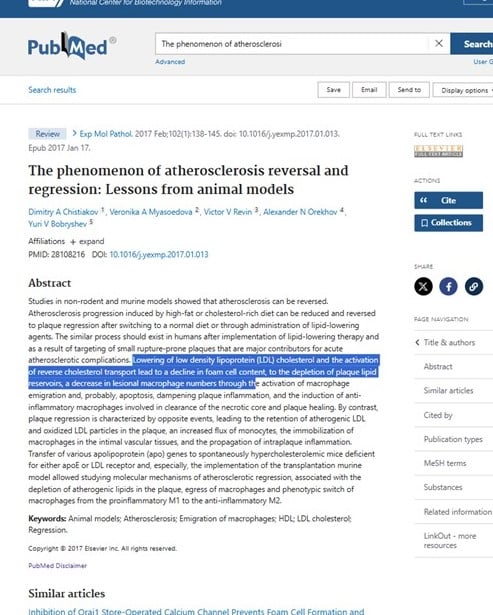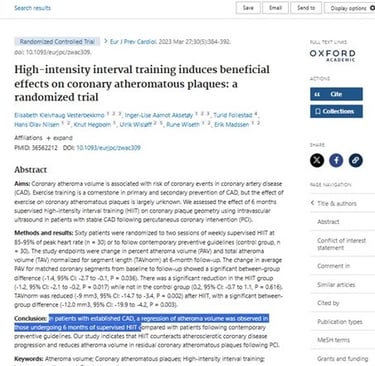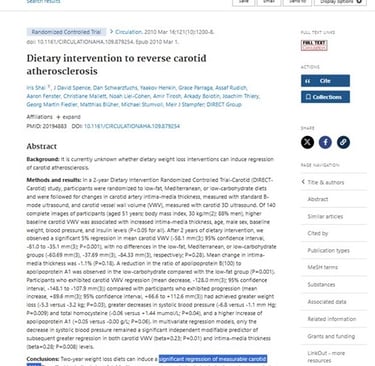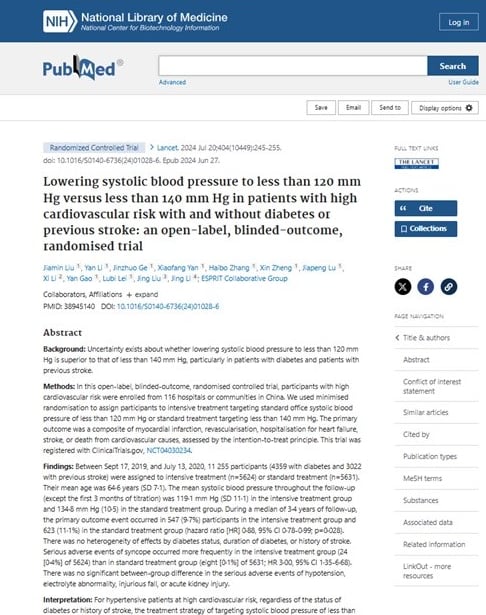"Uncover the truth behind the groundbreaking discovery of the causes of the world's biggest problems. 'The Root Causes' will change how you view the world!"
Understanding Arterial Plaque: Can It Be Reversed?
Reversing atherosclerosis and reducing arterial plaque buildup is possible with the right combination of lifestyle changes and medical treatments. Key strategies for reversing plaque buildup include adopting a healthy diet for cardiovascular health, rich in antioxidants, omega-3 fatty acids, and fiber, while avoiding processed foods and excess sugar. Additionally, lowering LDL cholesterol, particularly the harmful small dense LDL, is crucial in heart disease prevention. Incorporating high-intensity interval training for heart health can help improve cholesterol levels, enhance circulation, and reduce the risk of further plaque accumulation. Weight loss and lowering blood pressure to target levels (e.g., 120 mm Hg) can also significantly slow the progression of atherosclerosis. By combining these methods with medical interventions and ongoing monitoring, individuals can work toward natural atherosclerosis reversal, promoting better heart health and reducing the likelihood of life-threatening cardiovascular events.
NUTRITIONDISEASESMEDICATION
Glenn Rosaroso Vale, BSMT, MS(IT), MBA
12/3/20243 min read
Introduction to Arterial Plaque
Arterial plaque refers to the accumulation of fatty deposits, known as atheromas, within the walls of arteries. This buildup is a hallmark of atherosclerosis, a chronic condition that affects millions worldwide. The plaque consists of cholesterol, fat, and other cellular debris and can grow over time, narrowing the arteries and restricting blood flow. This process often goes unnoticed until serious cardiovascular problems arise, such as heart attacks or strokes. As a result, understanding arterial plaque and the mechanisms behind its formation is essential for both preventing and managing cardiovascular diseases.
Health Risks Associated with Arterial Plaque
The presence of arterial plaque is often a precursor to several cardiovascular complications. As plaques accumulate, they cause the arteries to narrow and harden, a condition known as arteriosclerosis. This results in reduced blood flow, making it harder for the heart and other organs to receive the oxygen and nutrients they need. The real danger lies in the possibility of plaque rupture. If a plaque ruptures, it can trigger the formation of a blood clot, which can completely block blood flow in an artery. This blockage can cause myocardial infarction (heart attack) or cerebrovascular accidents (strokes), both of which are potentially life-threatening events. Given these risks, addressing arterial plaque is a critical aspect of maintaining long-term cardiovascular health.
The Question of Reversibility
A key concern for both healthcare professionals and patients is whether arterial plaque can be reversed. While complete reversal of arterial plaque remains a challenging goal, significant improvements are possible through a combination of medical treatments and lifestyle modifications. Current research suggests that early interventions can help stabilize or even reduce plaque volume in some cases.
Key factors that can contribute to plaque reduction or stabilization include:
Diet: A heart-healthy diet low in saturated fats, trans fats, and refined sugars can help reduce the buildup of cholesterol and other fatty substances in the arteries. Consuming plenty of fruits, vegetables, whole grains, and lean proteins is essential for managing cholesterol levels.
Exercise: Regular physical activity strengthens the cardiovascular system, lowers bad cholesterol (LDL), and raises good cholesterol (HDL). It can also help reduce body weight, which contributes to better overall heart health.
Weight Loss: Losing excess weight helps lower the strain on the cardiovascular system, reduces blood pressure, and improves cholesterol profiles, all of which can slow the progression of arterial plaque buildup.
Blood Pressure Management: High blood pressure is a significant contributor to atherosclerosis. Keeping blood pressure within healthy ranges through lifestyle changes or medications can reduce the risk of plaque rupture and further artery damage.
Reducing Small, Dense LDL Cholesterol: This subtype of LDL cholesterol is particularly harmful because it can penetrate artery walls more easily, contributing to plaque buildup. Targeting this type of cholesterol, often through medication, can help manage the condition more effectively.
Medications: While drugs like statins and PCSK9 inhibitors are commonly used to lower cholesterol, newer research is highlighting the potential of anti-inflammatory drugs in slowing plaque progression and potentially reducing arterial plaque size. Inflammation plays a key role in the development and rupture of plaques, so targeting inflammation with specific therapies may help stabilize plaques and prevent further cardiovascular damage. By focusing on reducing inflammation, these treatments aim to support heart disease prevention and contribute to atherosclerosis reversal without relying on cholesterol-lowering medications.
Conclusion
In summary, arterial plaque is a significant health risk associated with heart disease and stroke. While complete reversal of plaque buildup remains a challenging goal, it is possible to stabilize or even reduce plaque through early intervention, medical treatments, and lifestyle changes. Key strategies include a heart-healthy diet, regular exercise, weight management, blood pressure control, and cholesterol-lowering medications. Early detection and proactive management of cardiovascular health are essential for preventing the serious consequences of arterial plaque and improving long-term health outcomes. As research continues, new treatments and insights may offer even more effective ways to address this critical aspect of cardiovascular disease.








Health
Understanding illness to empower your well-being journey.
Wellness
Knowledge
info@rootcauseprevention.com
903-268-6664
© 2024. All rights reserved.
grfv@sbcgloal.net



